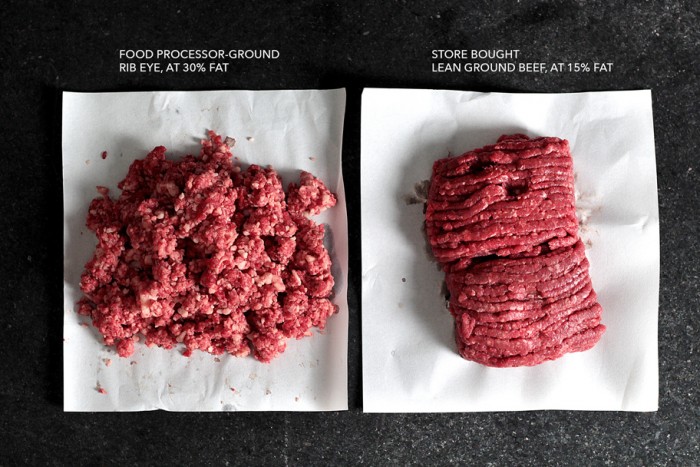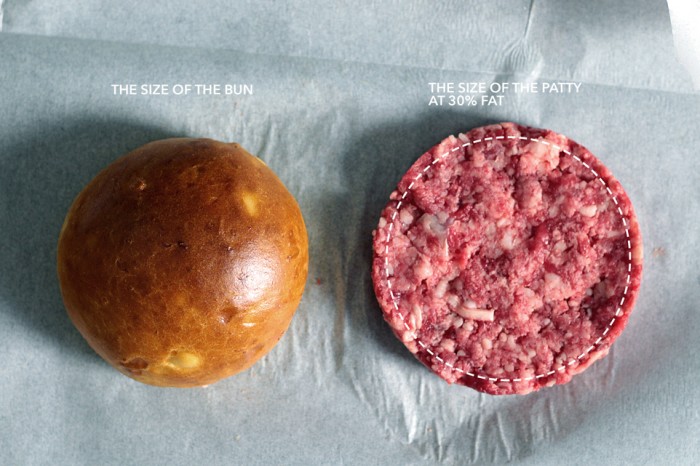THE MEMOIR OF A BEEF BURGER
MY grandfather was a mysterious man.
Not much is known for facts but there are certainly many stories about him, speaking of a skinny, humble working-class man often seen in between two slices of bread trying to make a buck or two at food fairs back in the late 1800’s. Who his ancestors were and where they came from, is still up to this day, my most intimate wonders. Were they even named a Burger? And whatever stories, legends even, being told about his tale of becoming the untoppled icon of a nation’s food-identity, remain exactly that, just stories. But if there is one thing indisputable about those stories, the truth that inspired the myth, or at least so everyone says, it’s that he was a fine and proud citizen of America. And that’s fine enough by me.
Truth is, I was never too held up on who my grandfather was. After all, I’m pretty sure, I am nothing like him. I am more of the making of my father, who’s the heir of an idea and the product of the industrial revolution, who, all together, turned what my grandfather left him into an empire that forever changed how a country eats, the world even, for better or worse. In various steps and establishments, he invented a new era in America called the fast food around the 1940’s, who defined and made our family name, Hamburger, known to literally every man, woman, child, some lucky dogs and city pigeons around this world. Most adore him. Many don’t. History will decide wether to side with him or not, but one thing for sure is that he is a great, historic man, and I am, his legacy.
MY FATHER IS A GREAT, HISTORIC MAN. AND I AM, HIS LEGACY
My father is a man of few words… for that I don’t know what aspirations, if any, he has for me. Yes, has. I didn’t say he dead. In fact, he is at the height of his prime at expanding his already mega dollar-making machine through every human-occupied corners of this world. Right, loaded. That we are, too. Perhaps it’s precisely because I grew up accustomed to the security and comfort of a family establishment, I became something you would call, a rebel. I have no desire to follow my father’s footsteps in the advancement towards industrial fooding. It’s a fortune yes, but nonetheless a fortune made on basic, unornamented commodities that lack glam and artistry. Like the rest of my own kind, the third generation of a traditional empire who has too much to prove for themselves, I am, above all else, eager to redefine.
And boy, redefined I have.
Somewhere in the last decade was the ignition of my own torch to pass down, and it’s burning brighter than ever. My grandfather would never in his wildest dreams, the flappy white toasts and leftover ground meat that he was, imagined the burger that I am today. A long way from being a mere necessity in the 1800’s, or the cold counters of soulless assembly-lines in the 1900’s, I am the poster child of the modern American food-scene, attended with almost obsessive care, even labeled black, served to the most stellar eaters in the country. I carry myself with prestigious cuts of beef, in the company of top knives in the industry. I am more than food. I am porn. Some even say, better than sex. I wouldn’t know. I’m just a burger.
But that was the hubris of my youth. Today, I am an older, wiser man. In the settlement of fireworks and egos, I have grown enough confidence to tell you that mastering me is only as difficult as the industry would like you to believe. With simple tips and tricks, I am not, unlike my grandfather, a mystery.
And maybe, who knows, that you’ll be the next human to reshape the future of my family.
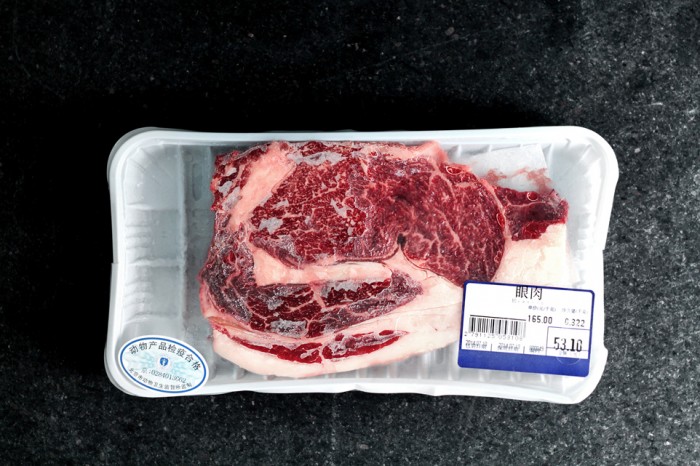
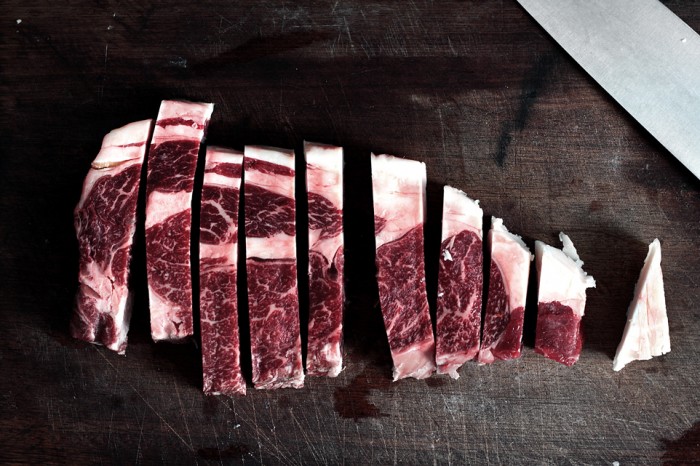
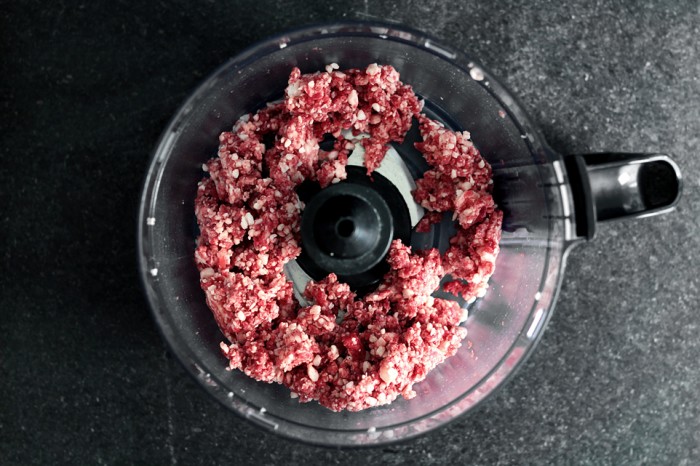

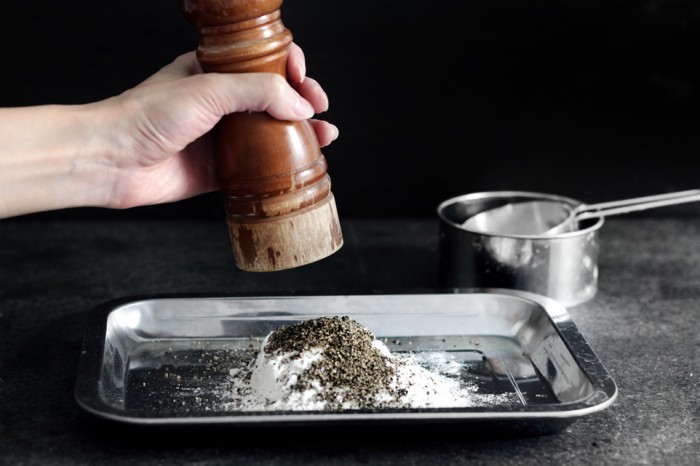
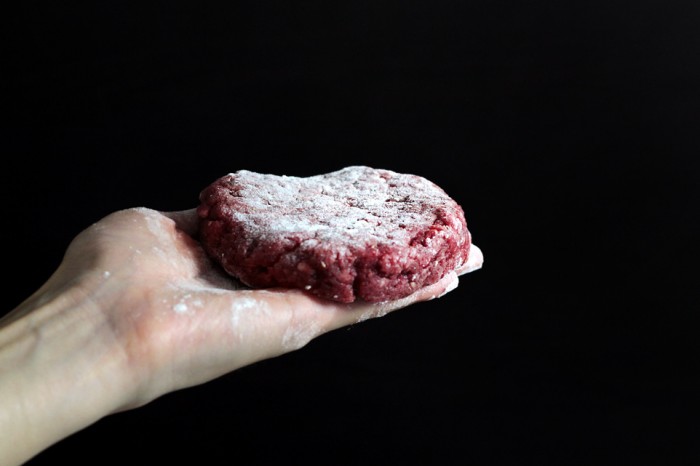
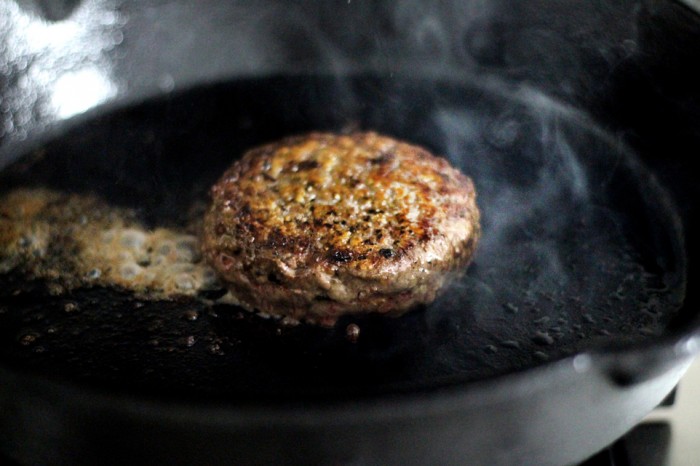
To home-grind your patty, or not to home-grind your patty? Well, there are pros and cons on both sides.
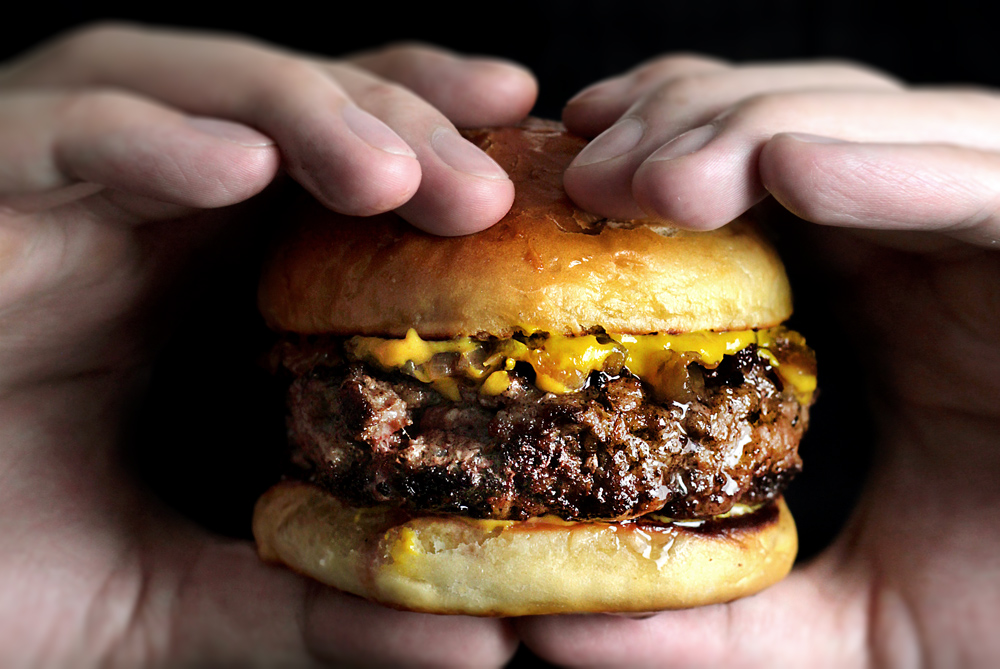
- PROS on grinding your own beef:
- You get to be as fancy as you’d like with the cuts. A combination of aged rib-eye, skirt steak and brisket is said to be the blend of supremacy. The secret on the ratio is a highly guarded, overrated marketing gimmick in my opinion. You pretty much can’t go wrong with these cuts, as long as you don’t included unwanted tendons and excess connective tissues. Whatever the combination is, I like to result on a total 30% of fat just because we are on the subject of lusciousness
- Update on 2014/07/13: A reader reminded me that adding seasoning and spices directly into the ground meat (like making sausages) is also another pros! Because mixing already-ground beef can make the meat tough.
- CONS on grinding your own beef:
- Most people will default to a food-processor for grinding at home. But if your food-processor is a less robust machinery, it can result in uneven, chewy bits of fat and connective tissues that aren’t cut properly. Running the machine for too long will give you a pasty, woody ground which is no better than store-bought ground beef, not to mention a waste of money.
- The consistency of a food-processor ground beef is still, more or less, different than from a meat grinder. The meats are cut into tiny tiny pieces that resembles ground meat, but has a “chunkier” texture. Some prefer it. Some don’t. For example, you can compare the difference in texture between the top-left picture (food-processor ground) with the top-right picture (store-bought meat grinder).

- PROS on store-bought ground beef:
- Well, convenience. And cheap.
- CONS on store-bought ground beef:
- Most of supermarket’s ground beef is run through a fine-grind setting, resulting in a bit of “mushy” texture. It is better to ask the butcher, if you have one, to grind the beef on demand through a coarse setting on the meat-grinder.
- Obviously you’ll have less control over the fat-content and cuts of the beef. The fat content will affect how much the patty will shrink during cooking (more details on shaping the patty in the recipe). Some supermarkets do label the fat-contents of the meat, some don’t. But is this going to present a huge problem for you? Not really. The shortcomings of store-bought ground beef can be made up with some flavouring tricks that will turn it into a great burger as well.
Whether or not your patty is of a fancy cuts of beef or down-to-earth store-bought, it should be treated with the same care and details.
There’s a few things here that is a bit unorthodox. First, is stuffing butter inside the patty. This recipe is one of the rare cases where you want o use salted butter, instead of unsalted butter. The salted-ness will flavour the center of the patty where you otherwise can’t (mixing the ground beef in order to season it, will toughen the meat). The butter will melt and run through the ground meat during cooking. Even though you may loose most of the butter, the result is a more flavourful and juicier patty. Update 2014/07/13: Using herbed/seasoned butter can be a good way to introduce added flavour to store-bought ground beef without having to mix it. A reader suggested using frozen butter to prevent melting too fast during cooking. Let me know if anybody has tested this theory :)
Then, the dusting of seasoned flour on both sides of the patty can seem quite weird. But I think it encourages caramelizing and the forming of a “crust”. Just a whiff-y thin layer of seasoned flour will not taste like “breading”, but instead, a deeper… nuttier and crustier surface.
Then, I like toasting the buns in the same skillet as the patty is cooking. They will pick up the rendered fat and browned bits. Overall, more flavourful.
This burger is kept simple, just a great patty, great bun, caramelized onion and Dijon mustard. I’m not including any measurements/weights for patty because it will vary greatly based on the size of the buns using. You should measure the patty based on diameter and thickness. And I’m using these potato rolls. I’m not going to include instruction for caramelized onion because it’s already widely available. But adding a few halved cherry tomatoes while cooking the onions (let them caramelize together) will add good flavour.
To grind your own beef: Choose a combination of cuts between rib-eye (for fat and flavour), skirt steak, chuck or brisket (for beefy flavour) with the total ratio of fat at about 30% (I used only rib-eye). Remove a small piece of fat from the steak and reserve for cooking, then cut the rest into small chunks. Cover with plastic-wrap and flash-freeze for 1 ~ 1:30 hours until hardened (but not stone-hard). Transfer them into the food-processor, filling it only 1/3 of the way at a time, and pulse until the meats are cut/ground into very tiny pieces, resembling ground meat. If not using immediately, transfer the ground beef onto a paper towel-lined baking sheet (to absorb excess liquid) and keep cold inside the fridge.
At 30% fat, the patty will shrink during cooking as fats are rendered down. So you need to calculate the diameter of the patty at 15% larger than the diameter of the buns, and each patty should be 3/4″ thick (about 2 cm). I highly recommend using a round biscuit-cutter to help forming uniformly shaped patties! It makes a difference.
Choose a round cutter with the right diameter for your patty. Put a layer of ground beef down and make sure it conforms tightly to the shape of the cutter. In the center of the patty, put a slice of salted butter that’s about 1 tsp, then top with another layer of ground beef. The whole patty should be 3/4″ thick. Again, make sure that the meat conforms tightly to the cutter, as well as sticking soundly to the bottom layer of meat. Slowly remove the cutter/mold, then transfer the patty to a paper towel-lined baking sheet. Repeat with the rest.
To use store-bought ground beef: Store-bought ground beef usually ranges from 10% to 20% fat, sometimes up to 25%. The leaner the beef, the less it will shrink during cooking, so pick a round cutter/mold that’s 5% larger than the buns. Repeat the making of patties as instructed above.
To cook the patty: Mix 1/2 cup (63 grams) of flour with 1 tsp of salt and 2 tsp of freshly ground black pepper. Lightly pat both sides of a patty with the flour mixture, and dust off ANY excess. Heat a large, heavy-bottomed skillet over high heat. Rub the reserved beef-fat on the surface of the skillet until you have a thin layer of oil (or use bacon-dripping). Gently place the patty on the skillet, and toast the cut-side of the buns on the side. Don’t move the patty until you see a browned crust has formed on the bottom of the patty, then flip it over (the interior butter will ooze out, it’s ok)(remember to remove the buns once they are toasted!). Re-seaon the patty with sea salt and freshly ground black pepper during cooking. Never cook the patty all the way through. The best doneness, I think, is medium-well done. The patty should have deeply caramelized crust on both sides, but you’ll still see pinkish juice oozing out from the mid-section. The skillet needs to be hot enough to achieve this.
Transfer the patty over to the bun that’s already smeared with Dijon mustard on both sides. Top with caramelized onions and let rest for 5 min, then serve.



